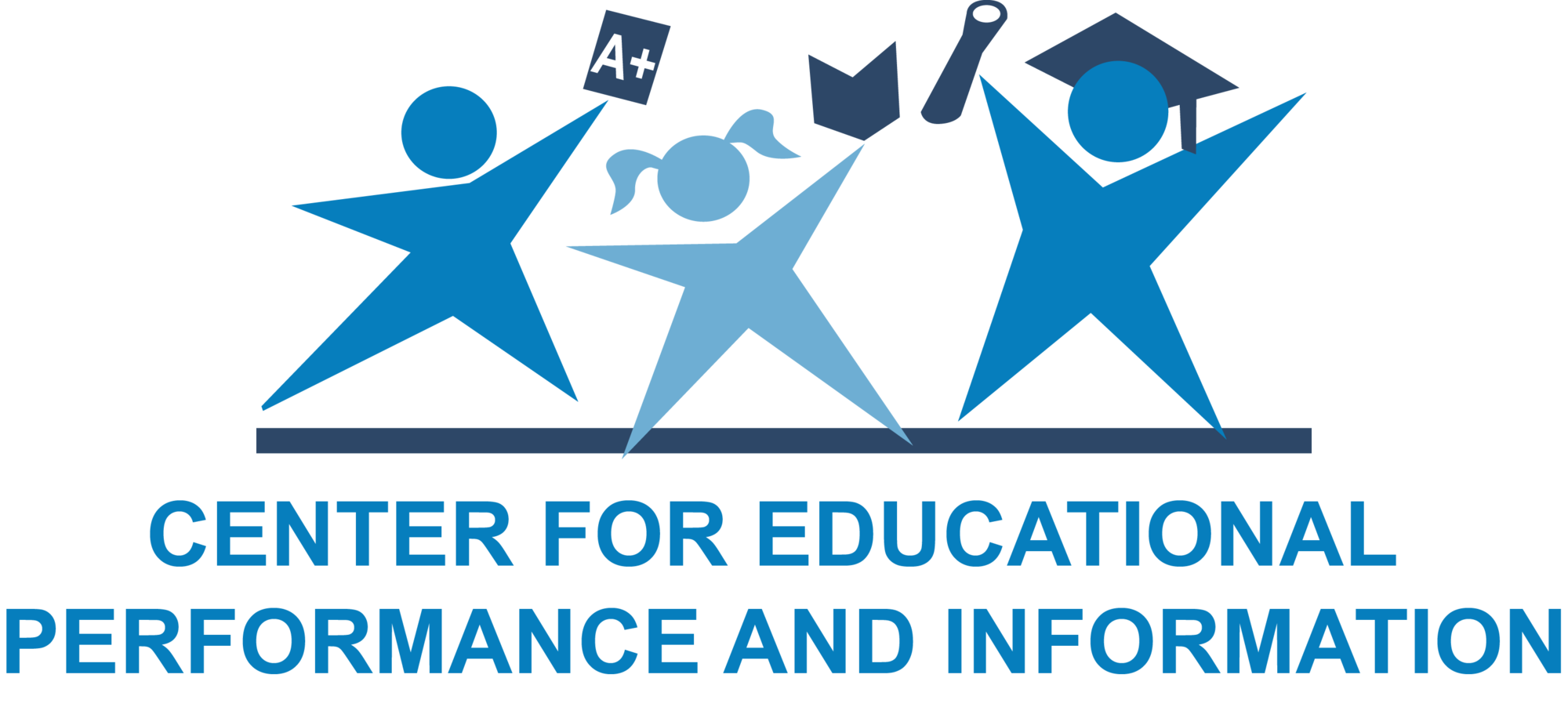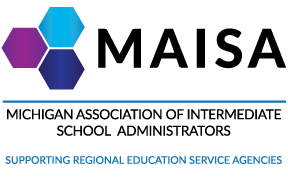November 5, 2020 MICIP Continuous Communication
Michigan Department of Education sent this bulletin at 11/05/2020 10:50 AM EST |
|
Having trouble viewing this email? View it as a Web page. |
Welcome to the November 5, 2020 Issue of MICIP Continuous Communication!
In this issue, you will read about preparing to access the MICIP platform using MiLaunchPad so that you don't need another username and password to remember, professional development support in identifying activities that align to your strategies, recently asked questions, and a new reminder section that will be included in MICIP CC whenever necessary!
Make sure to share MICIP Continuous Communication with colleagues involved in continuous improvement in your school or district. Sign up at this link to receive bi-weekly issues of MICIP CC!
 Are you wondering; “How will I log into the MICIP Platform? Will I have yet another username and password to remember?”
Are you wondering; “How will I log into the MICIP Platform? Will I have yet another username and password to remember?”
The great news is that the answer is no! No new username. No new password. District users will access the MICIP Platform using their local district login credentials (in most cases this means their email account).
How do I make sure that I can access MICIP Platform when my district is ready to do planning later this school year?
Now this is important. Your district technology department needs to do a little technical work to connect your login to the MICIP Platform. This is done using a resource that we (Michigan’s public school districts ~ LEAs, PSAs, and ISDs) own and operate as part of the MiDataHub Initiative. The system is called MiLaunchPad and connecting to it usually takes less than an hour of work locally.
To get started, please have your district tech department go to the MiLaunchPad site and follow the directions there to connect your district.
Join the nearly 350 districts that have already connected to MiLaunchPad and limit the number of accounts that you and the rest of your staff have to remember!
 Engaging in Continuous Improvement – Identifying Activities
Engaging in Continuous Improvement – Identifying Activities
Activities are the details for implementing strategies. There are a number of considerations when identifying activities; many of these are governed by the stage of implementation the strategy is in.
-
What did your analysis using the Hexagon Tool tell you?
- Were there areas with lower scores that need to be addressed first as part of installation, or getting ready to implement, e.g., creating buy-in, initial professional learning, purchasing materials, assigning staff, developing an implementation guide, etc.?
- What activities need to be put in place to implement, whether initial implementation or full implementation, e.g., on-going coaching, improving technology, parent involvement, community engagement, etc.?
-
If your strategy is primarily an instructional strategy, what will you do for Tier 1 instruction? Tier 2? Tier 3?
- Tier 1 instruction is defined as having universal supports, or those instructional practices that help all students. Tier 1 instruction includes both whole group and differentiated small group instruction. Once universal supports are in place, staff can use assessment data to determine which students need additional Tier 2 and Tier 3 supports that vary by intensity and duration.
- Tier 2 support is an additional block of time targeted to small group instruction outside of the Tier 1 block.
- Tier 3 support involves even more intensive instruction, including one-on-one. It is critical that all students receiving Tier 2 and Tier 3 support should continue to also receive Tier 1 support.
- What will you do to monitor both implementation fidelity and impact? What tools will you use? How often?
- What systems might you need to build or strengthen to implement this strategy?
In addition to identifying the activity, you will also need to identify the “owner” – the person who is ultimately responsible for implementation – as well as the start date and end date. Activities are the ultimate actions by which a plan is implemented.
Next Issue: Monitoring and Evaluating the Goal
 Your MICIP Questions Answered
Your MICIP Questions Answered
Here are some answers to questions the MICIP team has received. For more information about MICIP and MICIP resources, go to our web page.
What does it mean that “MICIP is ready when you are”?
- MICIP is ready when districts are ready to get started. While the platform will be open for all districts on January 4, 2021, districts may choose when to actually begin. However, by state law, plans and accompanying Consolidated Applications are due by June 30, 2021. Since the continuous improvement process is a collaboration between the district and the schools, the district plan being completed by June 30 should mean that school plans (subsets of the district plan) will also be completed by that time. Plans will no longer be submitted to MDE. Instead, MDE will simply have access to the district portfolio.
Your MICIP Monthly Reminder
If you haven’t already done so, please do this by the end of November:
- Federated into MiLaunchPad
- Signed district agreement in DataHub cockpit. Here’s how to connect to the DataHub
- Gain access to the MICIP training site by contacting your ISD support
Please Share Continuous Communication
Please feel free to forward Continuous Communication to anyone you feel would like to receive information and updates about MICIP. To subscribe or unsubscribe, please click on this link.
Previous issues of MICIP Continuous Communication are available on the MICIP web page.
Feedback is Essential for Continuous Communication!
Have a question, an idea, a suggestion, or a compliment? The MICIP team is always eager to hear your feedback! Send us an email using the MICIP email address (mde-micip@michigan.gov).



